DNA Analysis of Sacrificial Mayan Remains Changes Everything Researchers Thought They Knew About Their Dark Rituals
New DNA analysis conducted on sacrificial Maya remains has changed everything researchers thought they knew about this dark religious practice.
After carefully analyzing the remains of dozens of sacrificial victims from a chamber located within an ancient Maya temple in the Yucatan region of Mexico, the results shed new light on the terrifying practice and uncovered an uncomfortable truth in the process.
The Culture of Mesoamerica
Before the arrival of the conquistadors, Mesoamerica comprised various ethnic groups, all of which played a significant role in the evolution of civilization in this part of the world.
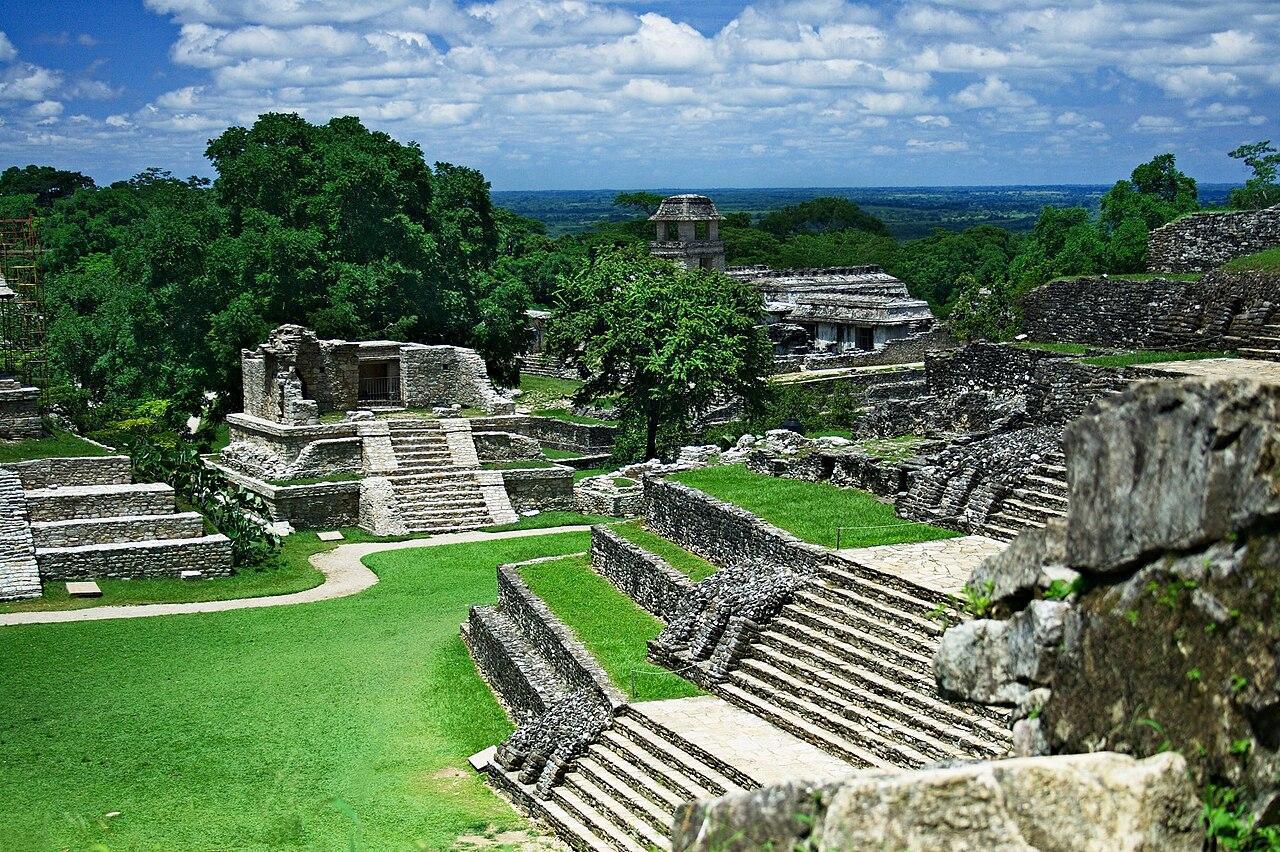
Source: Wikimedia
Older groups, such as the Olmecs, paved the way for other peoples in Central America to thrive before vanishing into the shadows of history. However, cultures such as the Maya, Zapotecs, and Aztecs were still present when the Conquistadors arrived in the 15th and 16th centuries.
Similarities Between Cultures in Mesoamerica
Despite their various differences, the groups of Mesoamerica shared many qualities. They were pyramid builders and agricultural masters who cultivated corn, beans, and squash, which enabled them to fuel their bustling civilization.
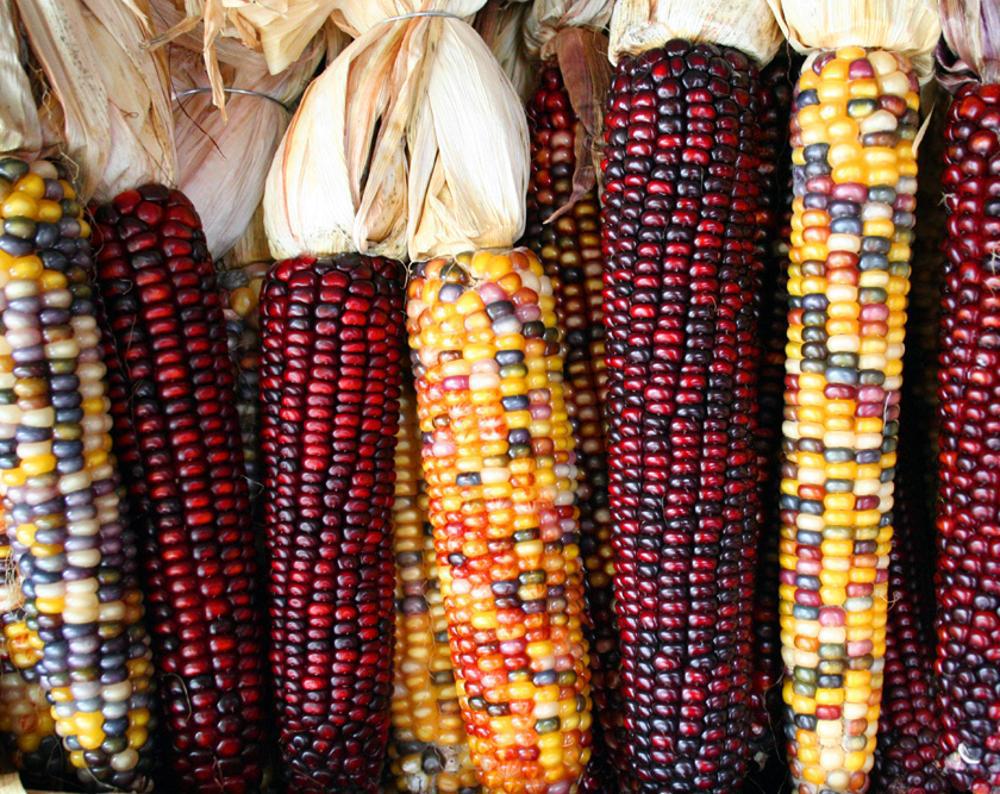
Source: Wikimedia
While researchers have gained a fair understanding of some of Mesoamerica’s cultures, little is known about the ancient practices of groups such as the Maya due to the extensive burning of manuscripts carried out by Spanish missionaries such as Deigo de Landa.
History Told by the Later Missionaries
In the centuries that followed the colonization of Central America, missionaries who had settled among the native groups began writing down the legends, tales, and histories of the peoples they came into contact with.
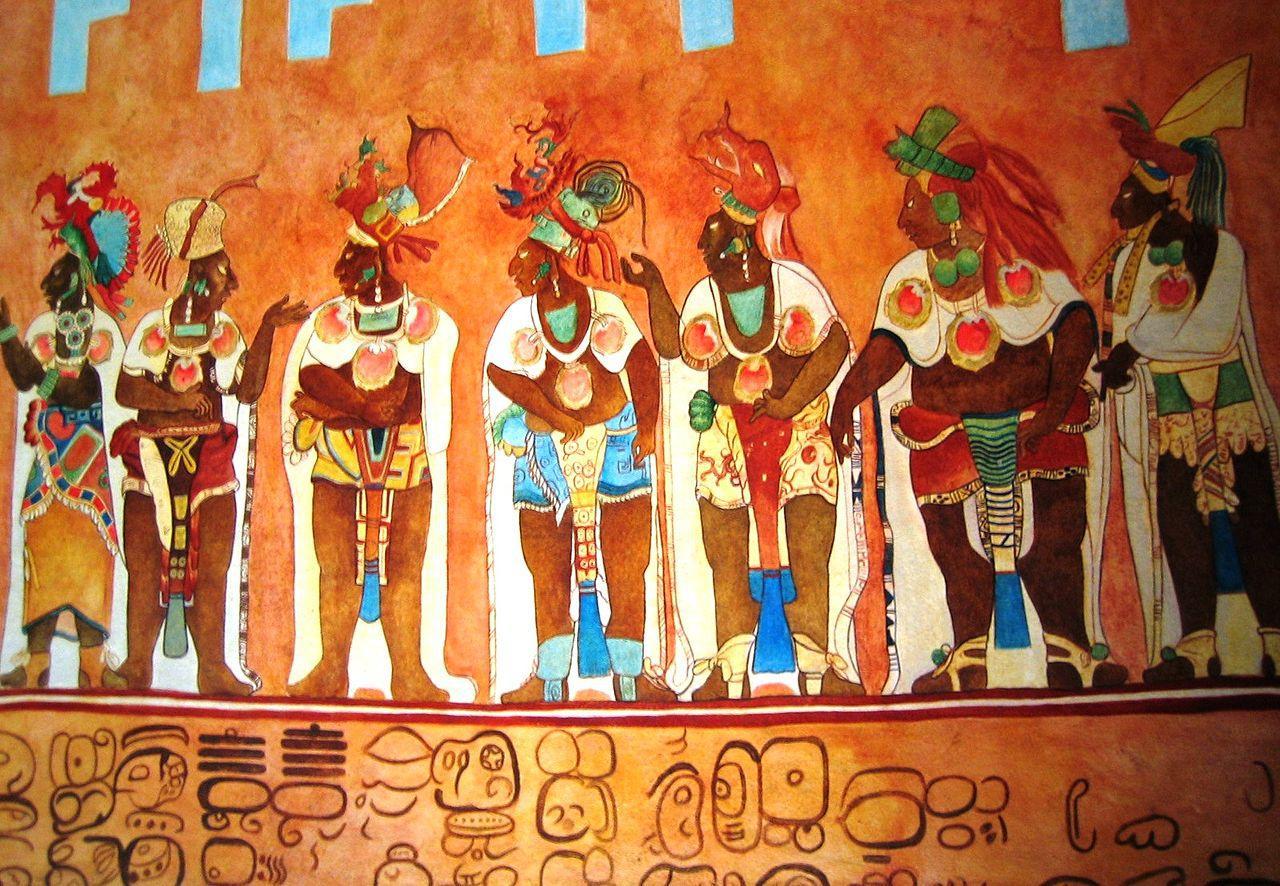
Source: Wikimedia
While some of the stories centered on the long history of the groups were fascinating, others touched on terrifying practices; the most frightening of all was human sacrifice.
Evidence of Human Sacrifice Among the Aztecs
In some cases, the evidence for human sacrifice amongst certain groups is limitied at best. However, evidence for the heinous practice among Aztecs is far more common.
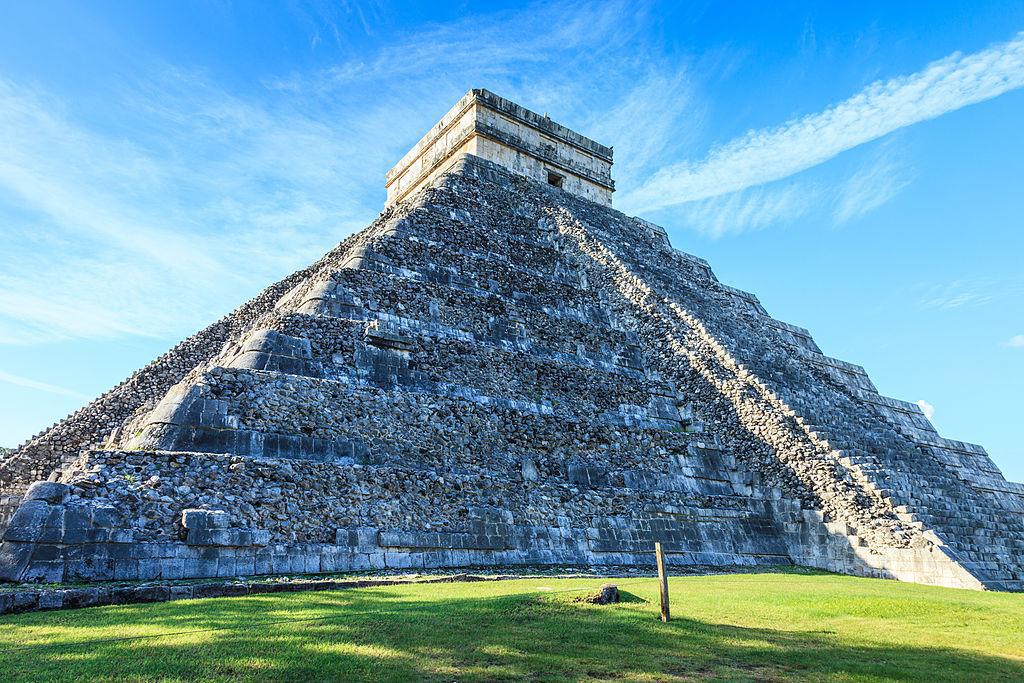
Source: Getty Images
According to some conquistadors, in front of a temple at Tenochtitlan known as Tzompantli., the skulls of over 130,000 people who were reportedly sacrificed to the gods were piled high.
The Maya and Human Sacrifice
Like their northern neighbours, the Maya, who mainly inhabited lands across modern Belize, Guatemala, and eastern Mexico, also partook in the practice of human sacrifice.
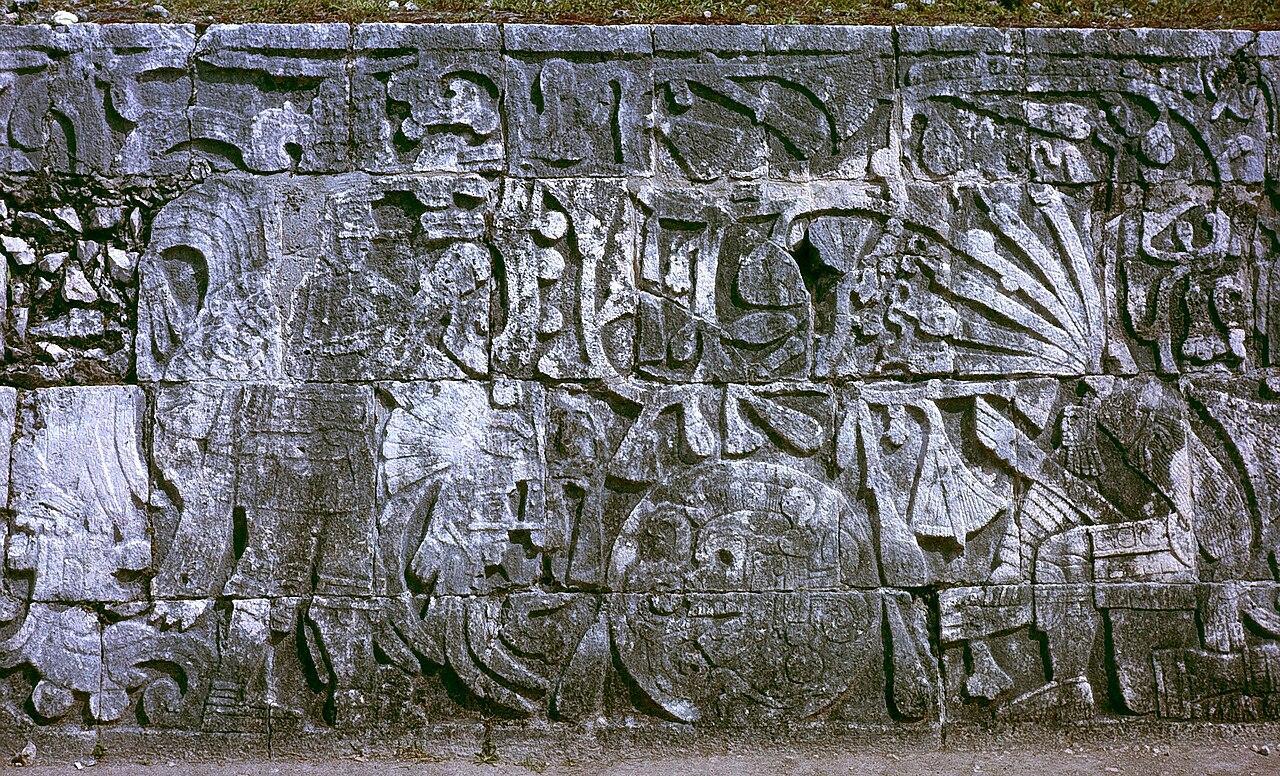
Source: Wikimedia
New DNA analyses conducted on the remains of Maya sacrificial victims have contradicted popular beliefs about this practice. Not only were there no females sacrificed, but the remains had another unusual thing in common.
The Maya Sacrifice Young Males
The new research was conducted on the remains of individuals found within a sacrificial chamber at Chichen Itza, a Maya city in Mexico’s Yucatan region. The results revealed over 60 of the individuals were young males, most aged between 3 and 6.
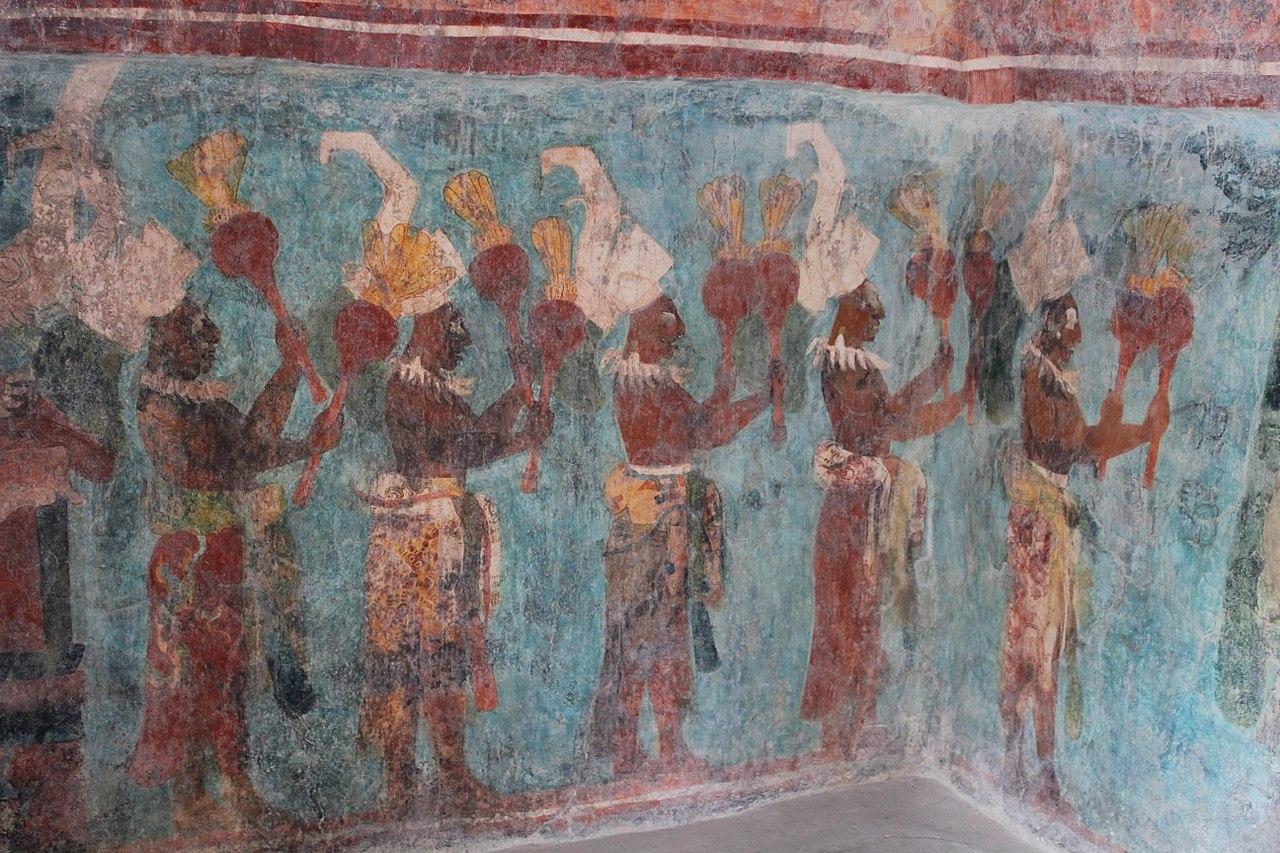
Source: Wikimedia
Upon further inspection, the researchers discovered that many of the victims were closely related, including one set of identical twins, per The Miami Herald.
The Opinion of Experts
Experts have suggested that recent analyses suggest that many of the Maya sacrificial victims were chosen in pairs.
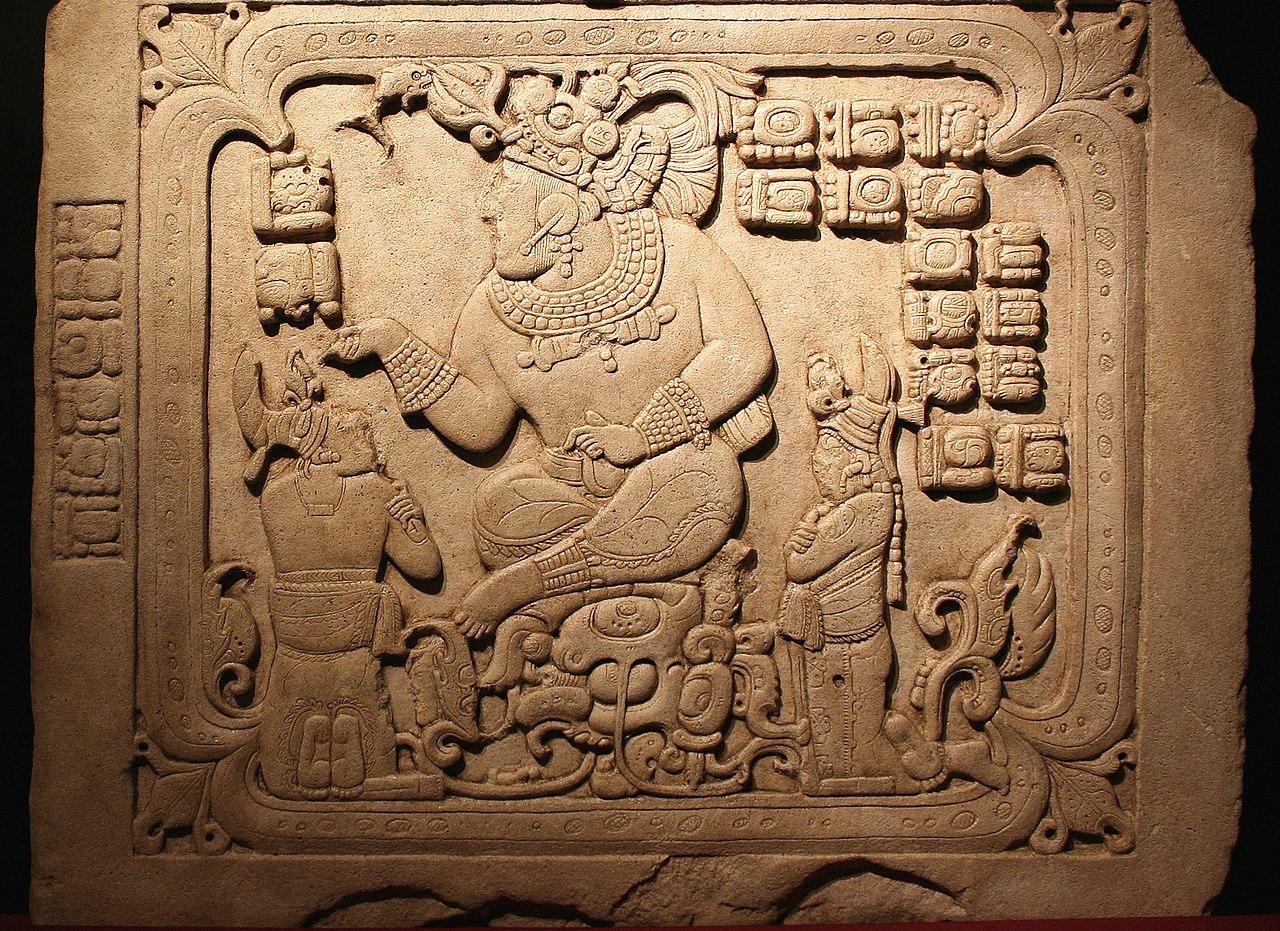
Source: Wikimedia
While it’s still unclear why the sacrificial victims were chosen in pairs, some historians have argued that it could relate to the ancient Maya legends, which speak of twins.
The Story of the Hero Twins
Throughout the serving Maya legends, including the Popol Vuh, one tale that appears often is centered on the twins Hunahpu and Xbalanque.
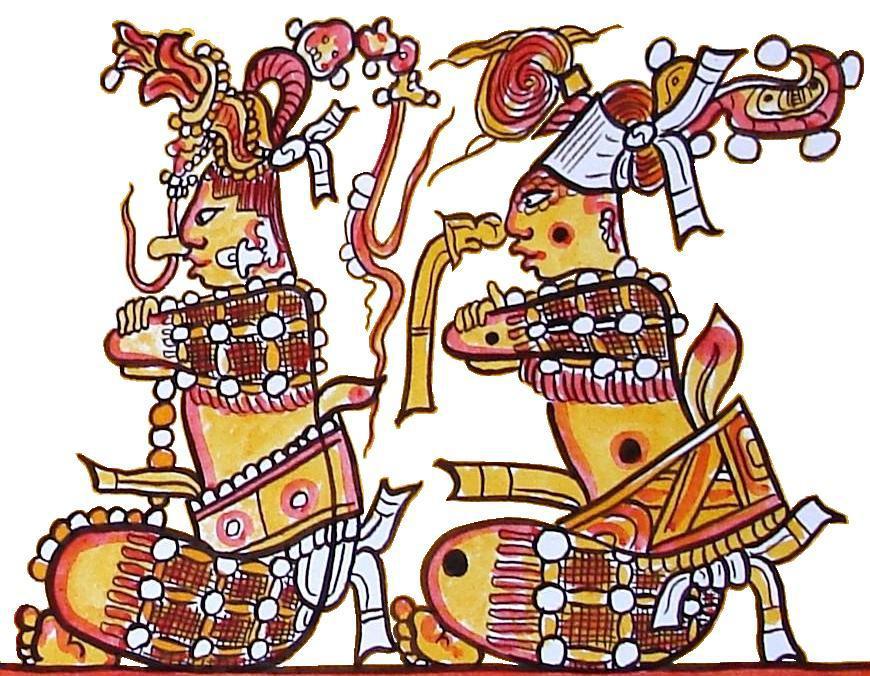
Source: Wikimedia
The legend shares the story of hero twins who set out to avenge their father’s death by being ritually sacrificed and resurrected on several occasions as they confronted the gods of Xibalba.
Sacrificial Practices During the Height of Chichen Itza
Researchers also surmised that most of the young males were sacrificed and placed in the chamber during the height of Chichen Itza between 800 and 1000 CE.

Source: Wikimedia
“Ritual sacrifice was a common practice among ancient Mesoamerican populations. However, the biological relationships between the sacrificed individuals had not been described before,” said archaeogeneticist Rodrigo Barquera of the Max Planck Institute for Evolutionary Anthropology.
Understanding Maya Human Sacrifice
Researchers have suggested in the past the reason behind the Maya’s fascination with human sacrifice stems from their belief in the afterlife.
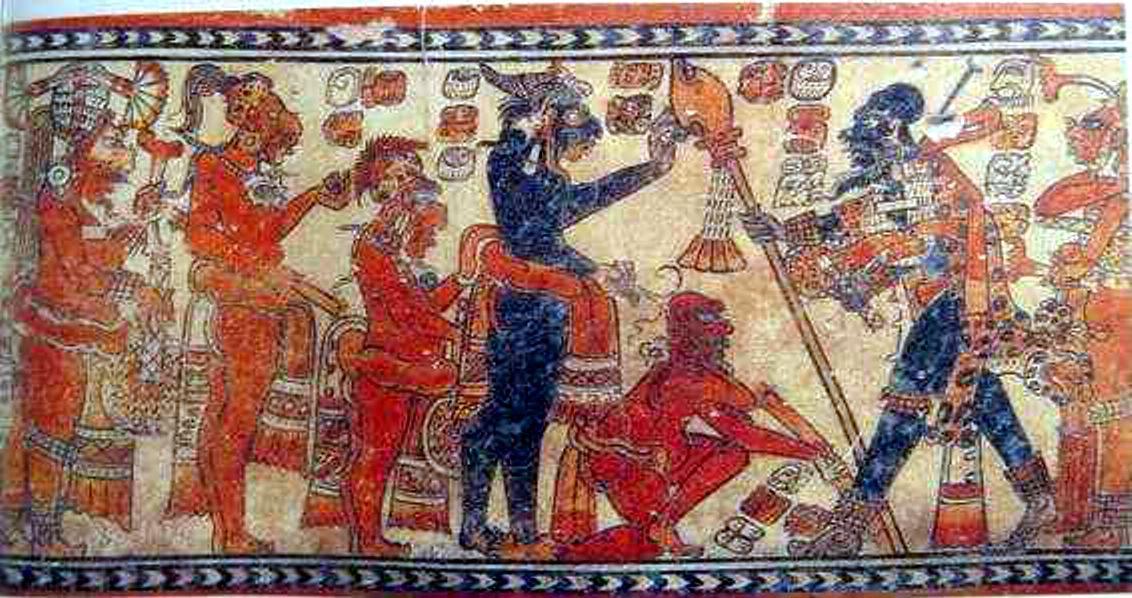
Source: Wikimedia
While the practice may contradict the statement, the Maya revered human life. They believed that sacrificing an individual ultimately meant they would go on to the afterlife, so the sacred practice was seen as murder.
The Recreation of the Mythological Legends
According to Barquerea, “We think that the people from Chichen Itza were trying to symbolically replicate the Mayan mythological stories and the representation of the twin heroes in this ritual burial.
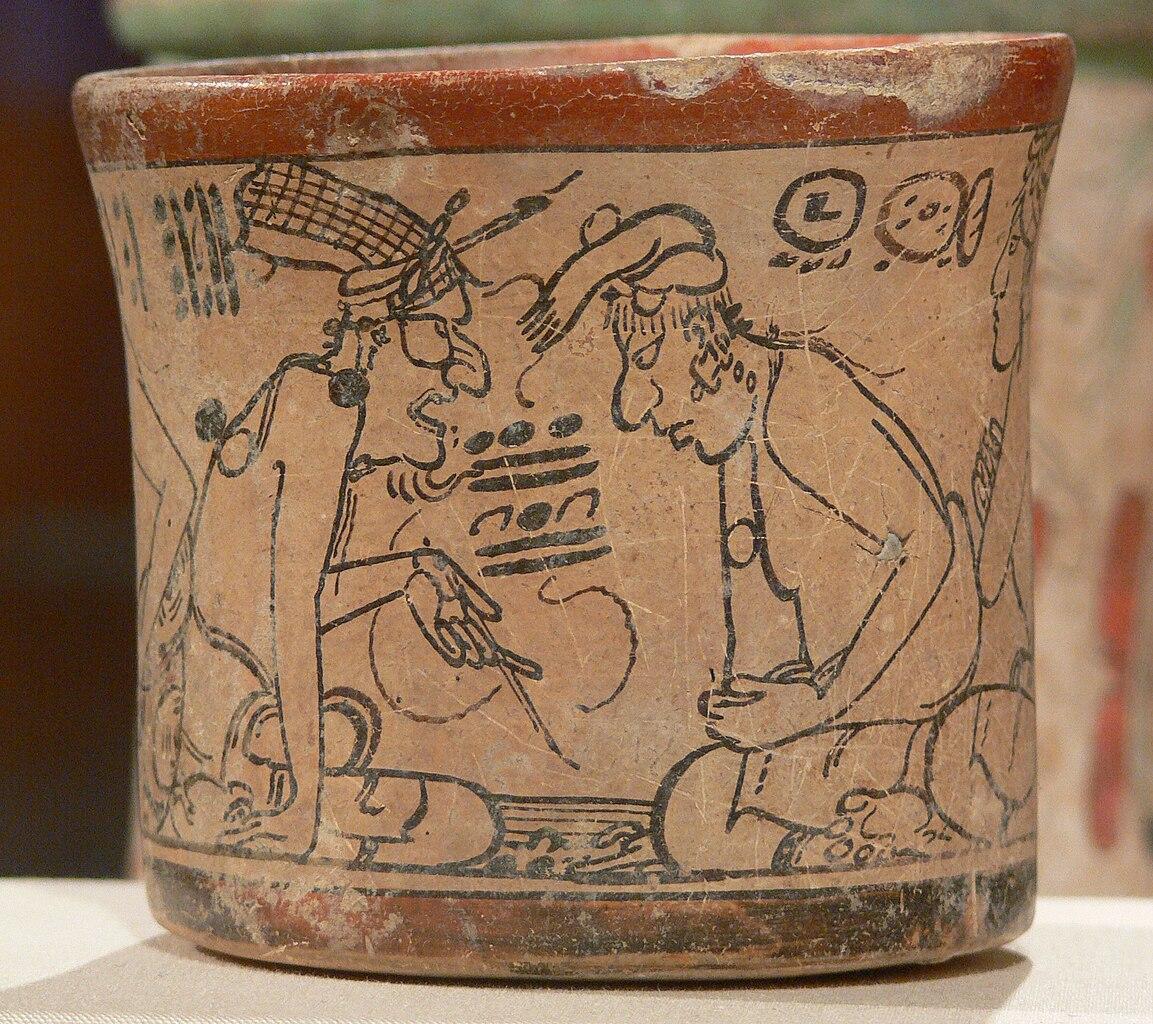
Source: Wikimedia
The researcher continued, “For Maya, and Mesoamerican cultures in general, death is the ultimate offering, and as such, sacrifices bear high importance to their beliefs system.”
